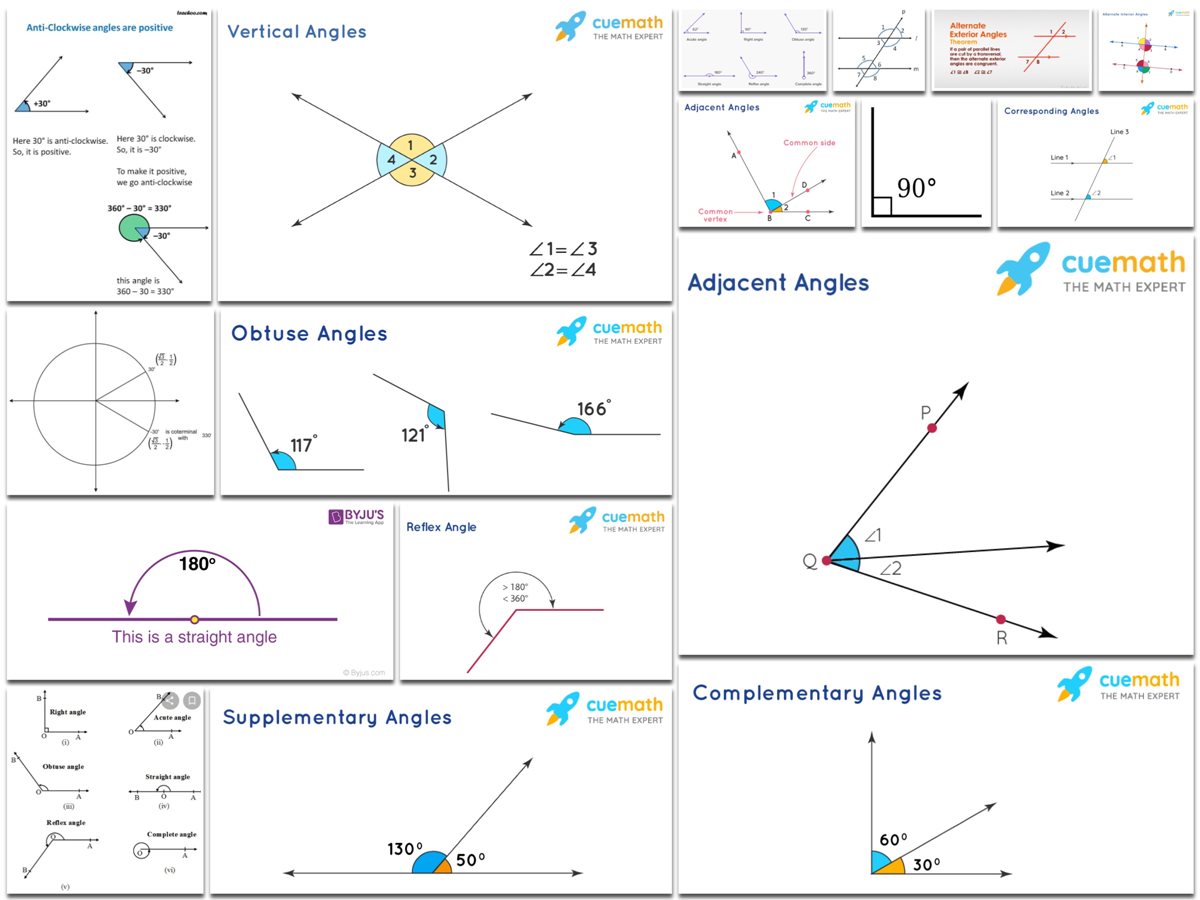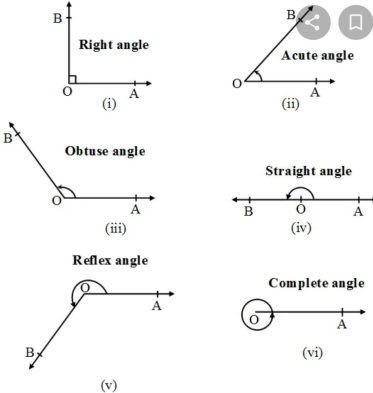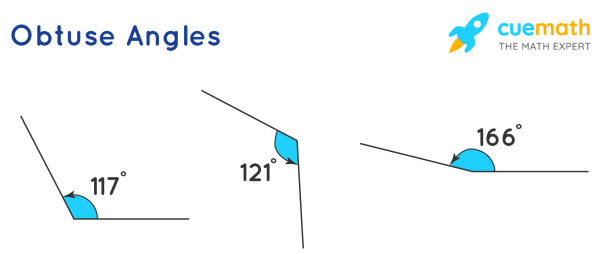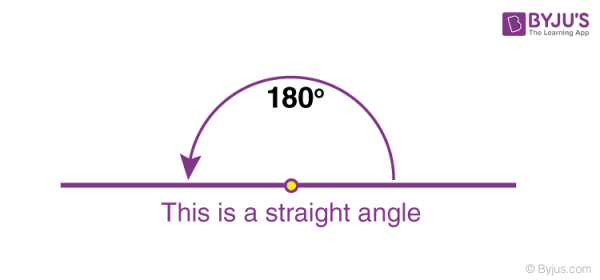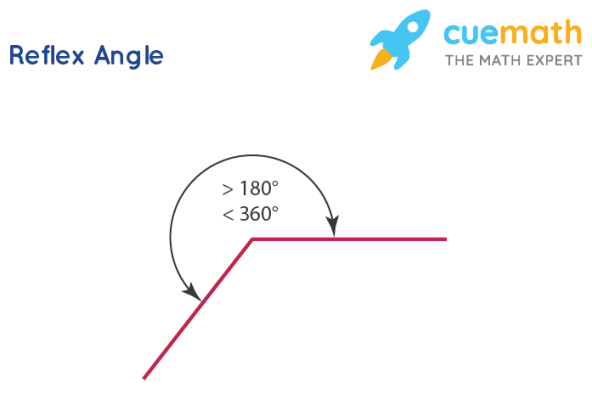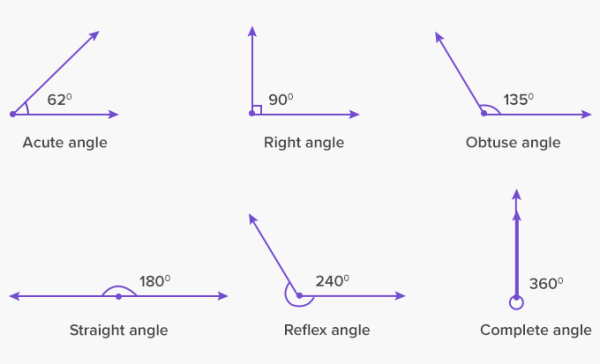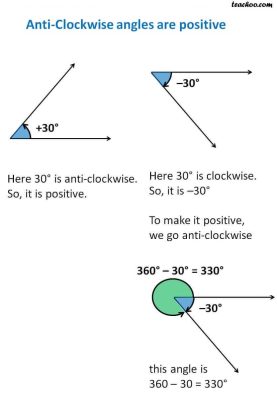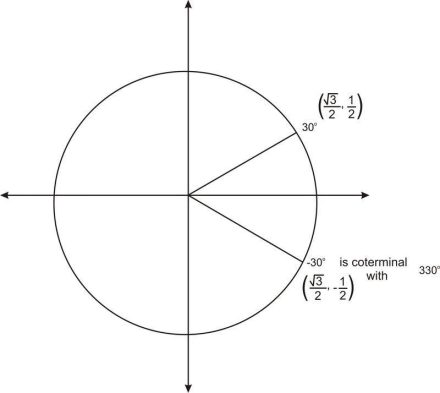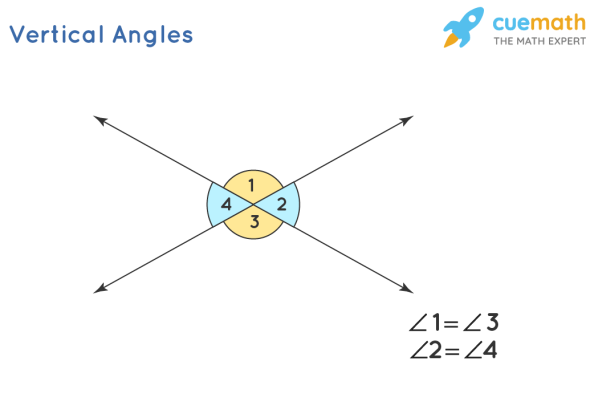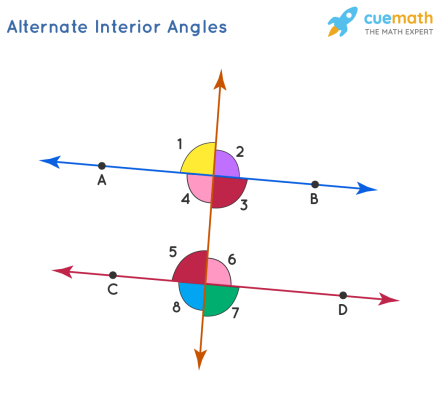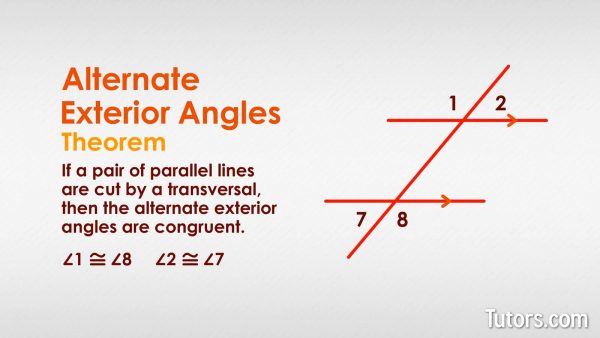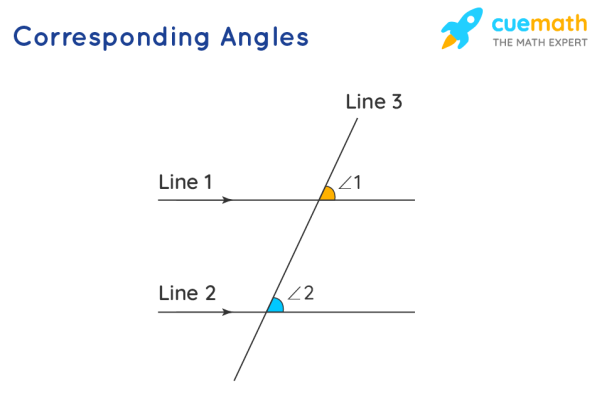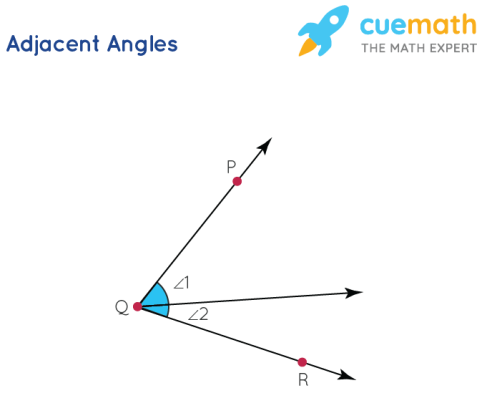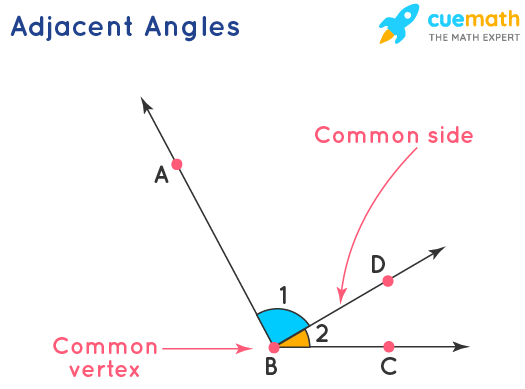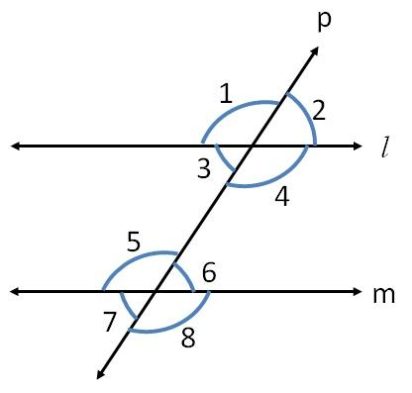In nature, there are many different angles, and each one has a significant impact on our everyday lives.
Angles are used by architects and engineers when creating machinery, buildings, roads, and bridges, for example.
Sportsmen use Angles to improve their performance in sports. To throw a disc far in a short put, for example, a person must spin it at a specific angle. To pass the ball to the next player in soccer, you must employ a specific angle.
Carpenters and artists also use Angles to create products such as sofas, tables, chairs, pails, and other similar items. Angles are used by artists while sketching portraits and paintings. Fashion designers also use Angles to come up with the greatest clothes. As a result, it is critical that we understand the many sorts of angles.
Different Types of Angle
Here is the latest list of all types of angle that you should know about.
1. Zero Angle
When both of the angle’s arms are in the same location, the angle is called a zero angle (0°).
2. Acute Angle
An acute angle is one that is more than 0 degrees but less than 90 degrees. 15°, 30°, 45°, 60°, and other sharp angles are common examples.
3. 90 Degree Angle
A right angle, often known as a 90-degree angle, is an angle whose measure is equal to 90 degrees. A tiny square box is drawn between the arms of an angle to indicate right angles.
4. Obtuse Angle
An obtuse angle is one with a degree measurement of more than 90 degrees but less than 180 degrees. Obtuse angles include those of 100°, 120°, 140°, 160°, 170°, and others.
5. Straight Angle
A straight angle is one whose measure is equal to 180°, as the name implies (straight line)
6. Reflex Angle
Reflex angles are those with a degree measurement of more than 180 degrees but less than 360 degrees. Reflex angles include 200°, 220°, 250°, 300°, 350°, and others.
7. Complete Angle
360 degrees equals a full angle. 360 degrees equals one revolution.
8. Positive Angles
Positive angles are those whose measurements are obtained from the base in a counterclockwise manner.
9. Negative Angles
Negative angles are measured from the base in a clockwise manner.
10. Complementary Angle
Complementary angles are formed when two angles sum up to 90 degrees. Complementary angles do not have to be next to each other to be called such. Complementary angles are defined as those that sum up to 90 degrees.
11. Supplementary Angles
Supplementary angles are formed when two angles add up to 180 degrees. Supplementary angles come in a variety of shapes and sizes.
12. Vertical Angles
Vertical angles are those that have a single vertex and the sides of the angle are created by the same lines. Vertical angles are equidistant from one another.
13. Alternate Interior Angles
On the other side of the transversal, there are a pair of internal angles. Identifying a “Z” on the inside side is the quickest approach to detect alternate interior angles.
3 and 5, as well as 4 and 6, are internal angles in the diagram above. The internal angles are all the same.
14. Alternate Exterior Angles
This is comparable to different interior angles, except that it is visible from the outside. In the preceding diagram, the pair of alternate outside angles are 1 and 7, 2 and 8, and 1 and 7. Alternate external angles are equivalent to one another, much like alternate interior angles.
15. Corresponding Angles
Corresponding angles are angles that are in the same location as one another. 1 and 5 are corresponding angles in the diagram above, and they are equal to one another.
16. Linear Pair
Linear pairs are formed when the non-common arms of neighbouring angles are exactly opposite each other or extend in the opposite direction. The term “linear” implies that they form a straight line.
17. Adjacent Angles
Adjacent angles are formed when two angles are joined by a common arm and have a common vertex, and the non-common arms are on either side of the common arm.
18. Angles Formed By Transversal
A transversal is a line that cuts or intersects two or more lines at various places. As a result, at the place of intersection, angles are created. They are as follows:
- Interior angles
- Exterior angles
- Alternate interior angles in pairs
- Alternate exterior angles in pairs
- Corresponding Angle Pairs
- Pairs of internal angles on the same transversal plane
Frequently Asked Questions (FAQs)
What Are The Six Distinct Measurement-Based Angles In Geometry?
Acute angle, obtuse angle, right angle, straight angle, reflex angle, and complete angle are the six distinct angles in geometry depending on magnitude.
In Geometry, What Is An Acute Angle? Give Specific Instances.
Acute angle refers to any angle that is less than 90 degrees.
30°, 45°, 60°, and 85° are examples of sharp angles.
What Exactly Is An Obtuse Angle? Give A Specific Example.
Obtuse angles are those that are larger than 90 degrees. An obtuse angle, for example, is 145 degrees.
What Exactly Is A Reflex Angle?
A reflex angle is one that is greater than 180 degrees but less than 360 degrees. A reflex angle, for example, is 270 degrees.
What Exactly Do You Mean When You Say “Zero Angle”?
The zero angle is formed when both arms of an angle overlap one other and measure the angle of 0°.
Is The Obtuse Angle And The Reflex Angle The Same Thing?
Obtuse angles differ from reflex angles in that obtuse angles range from 90 to 180 degrees, but reflex angles are always greater than 180 degrees.
